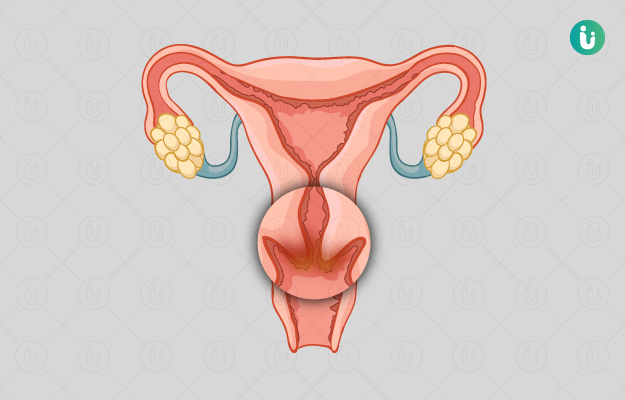What is cervicitis?
In females, the mouth of the uterus that opens into the vagina is called the cervix. When the cervix is inflamed, it is called cervicitis. It has a range of causes, and the symptoms differ from female to female.
Cervicitiscan be infectious or non-infectious and its treatment depends on the cause.
What are its main signs and symptoms?
The common signs and symptoms of cervicitis are:
- A female may feel pain or burning sensation during urination if the urethra is affected too.
- There may be vaginal itching or bleeding from the vagina, especially after sexual intercourse or in between menstrual cycles. (Read more: Safe sexual practices)
- Sometimes, there is abdominal pain accompanied by fever.
- Cervicitis may cause no symptoms at all in some women.
What are its main causes?
- Most commonly, the cervix is inflamed because of sexually transmitted infections. These sexually transmitted diseases include-
- Non-infectious causes include latex allergy and douching, both of which cause inflammation.
- Bacterial vaginosis is the bacterial infection of the vagina and can also cause cervicitis.
- Women undertaking radiation therapy for cancer can sometime develop inflammation in cervix.
How is it diagnosed and treated?
The diagnosis of the condition involves:
- A pelvic exam is performed if the clinician suspects cervicitis. The sexual history of the patient is also important for the diagnosis.
- A culture of the cervical fluids is examined microscopically for the presence of infections.
- Blood tests also help to detect an infection. In case of infections, the blood tests usually reveal an increase in white blood cell (WBC) count.
Treatment of cervicitis includes:
- If the inflammation is because of an infection, antibiotics are prescribed..
- Refraining from sex and having your partner checked for STDs is also important.
- If cervicitis is due to an allergy, it does not require any major treatment, except removal of the allergic agent.
- To prevent inflammation of the cervix, avoid using strong chemicals in the vaginal area, clean the vagina with water, and do not engage in unprotected sex or sex with multiple partners.

 OTC Medicines for Cervicitis
OTC Medicines for Cervicitis















